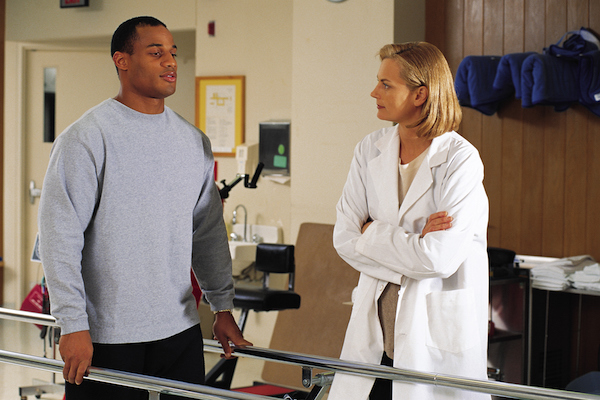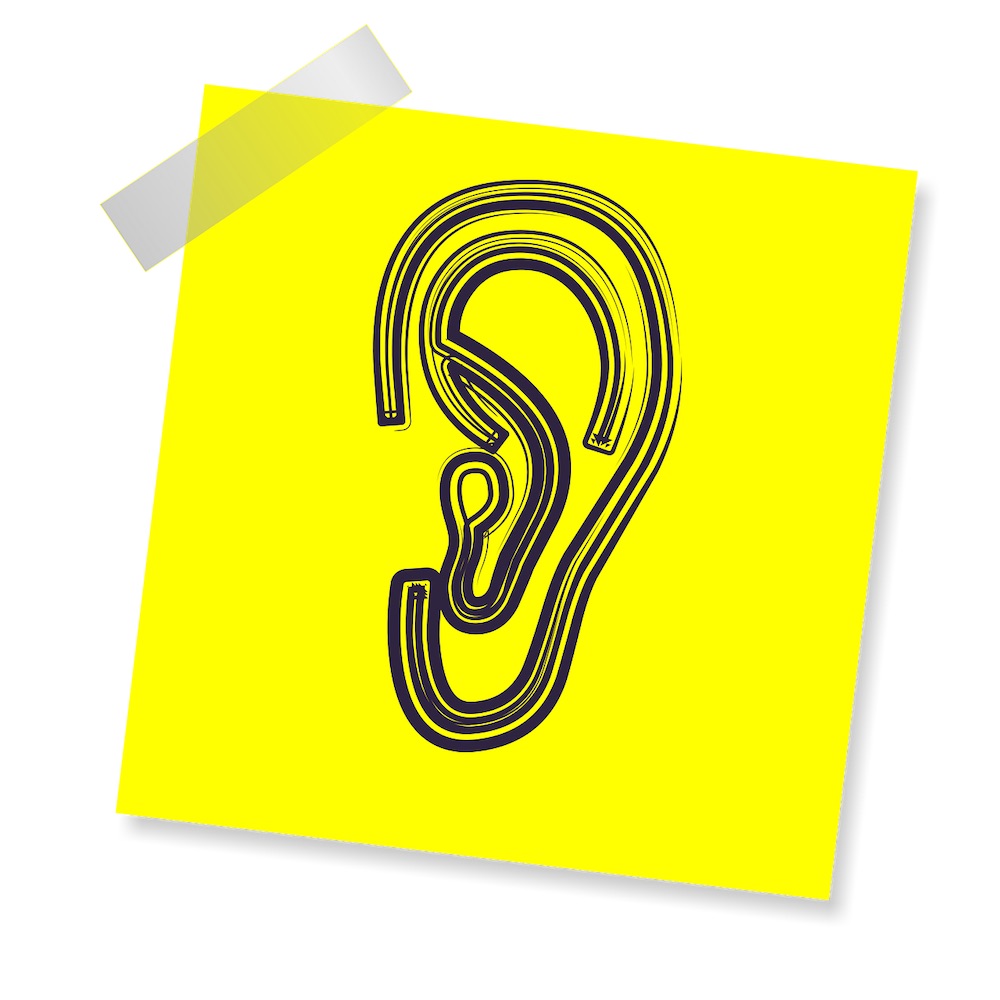
Physical therapy treatments are imperative to fully restore full functional motion of the musculoskeletal system after an injury.
For those who are healing from injuries and age- or health-related maladies, physical therapy is typically a necessary step to restore functional motion of the musculoskeletal system. Understanding the premise and categories of the specialty, as well as the types of healing strategies used, can assist potential patients in determining their level of care. Healthcare professionals determine who is eligible for care following diagnosis and evaluation of disorders that affect the musculoskeletal system. To heal patients, physical therapists use a number of techniques, including heat and cold methods, applying electricity and incorporating exercise and massage. But first, a potential patient and a healthcare professional must determine what physical therapy program best suits the individual’s needs, so a better understanding of the five categories of care should provide insight.
1. Cardiopulmonary rehabilitation
Doctors typically refer patients who have undergone cardiac or pulmonary surgery to physical therapists who specialize in cardiopulmonary disorders. Cardiopulmonary disorders include chronic obstructive pulmonary disease marked by difficulty breathing, high blood pressure and hypertension, rheumatic fever brought on by an improperly treated strep infection and strokes, which inhibit blood and oxygen flow. The goal for a patient involves increasing endurance, improving functionality and enhancing self-mobility.
2. Geriatric physical therapy
The goal of geriatric medicine is to prevent or minimize the negative consequences of aging, which include Alzheimer’s disease, abdominal ailments, arthritis, equilibrium issues and joint replacements. A physical therapist’s goal for a geriatric patient is to minimize the effects of vision impairment, paralysis, lack of mobility, balance issues, walking and other movement difficulties. The goals for patients involve heightened mobility, proper pain management and physical fitness.
3. Neurological physical therapy
This kind of physical therapy benefits those patients with brain injuries caused by accidents or health-related illnesses, including strokes or those who suffer from neurological disorders such as cerebral palsy, multiple sclerosis or Parkinson’s disease. The goals for patients involve heightened mobility, proper pain management and physical fitness.
4. Orthopedic physical therapy
From assisting injured athletes undergoing outpatient recovery to handling orthopedic patients within hospital settings, this kind of physical therapy typically utilizes treatment methods to hasten the recovery process with techniques involving joint movement, strength training, heat and cold as well as electrical stimulation. The goal for physical therapy specializing in musculoskeletal care involves restoring bone, joint, ligaments, muscle and tendon mobility and functionality.
5. Pediatric physical therapy
Children who benefit from pediatric physical therapy include those suffering from developmental delays, physical injuries or physical impairments caused by genetic or developmental impairments such as cerebral palsy and spina bifida. Physical therapists who specialize in pediatric care focus on methods to improve balance, cognitive and sensory integration, coordination and fine motor skills.
Why you might need physical therapy
Informing one’s doctor about nagging discomfort or pain could help determine the need for physical therapy to relieve chronic health issues. Among the symptoms to watch for are:
• changes in joint or muscle comfort and sudden unusual localized pain
• ineffective pain medicine relief
• injury or trauma, which includes broken bones or torn ligaments and tendons
• lingering pain that does not subside with rest or self-treatment
• sharp or sudden pain that persists despite rest and self-treatment




